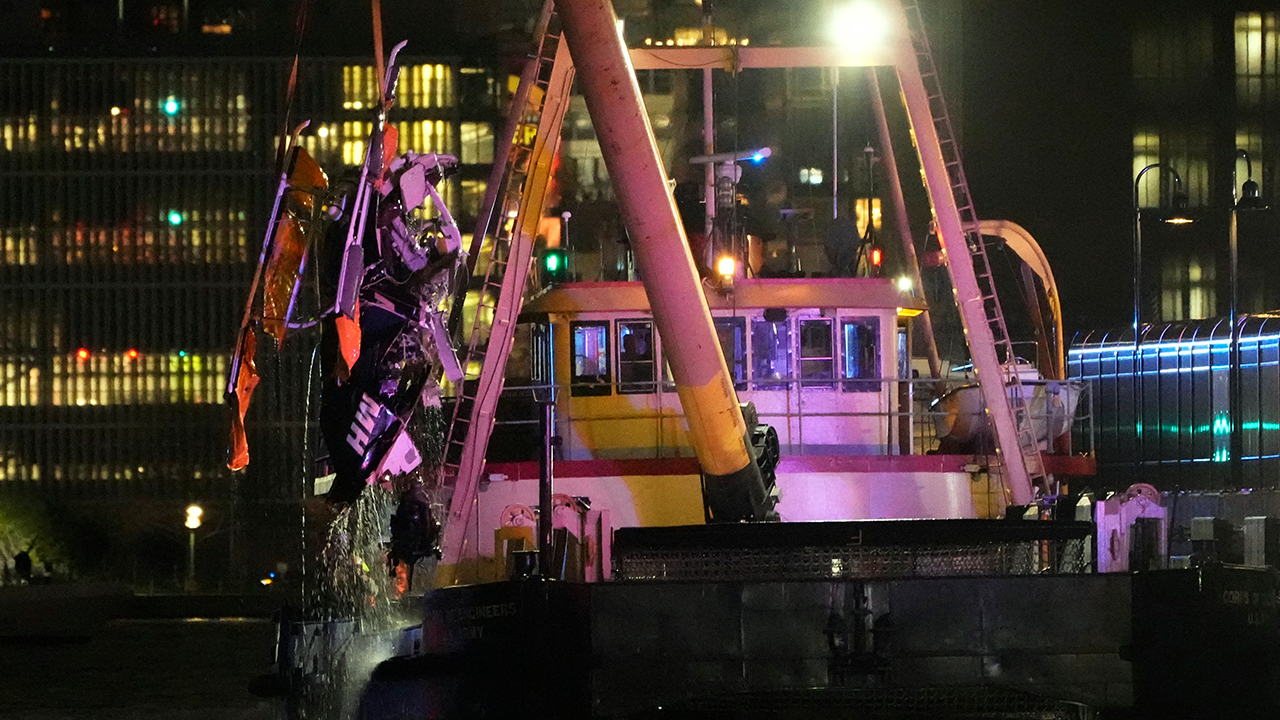'That ruined lives for two generations:' Stories remain untold 31 years after 1992 civil unrest
There are still thousands of stories of loss, survival, and community in the last 31 years.

INGLEWOOD, Calif. (KABC) -- For decades, Kyong Ok and Song Ho Seo have humbly gone about their work, weathering the ups and downs of owning and running a business.
"They are survivors like every other immigrant family who wants to survive in this country," said their son Paul Seo.
The couple met in their hometown of Seoul, South Korea.
They immigrated to Illinois before they settled down in Southern California, where they raised their two boys and eventually started their own business, S & H Liquor Store in Inglewood.
Just a few years later, their store was one of thousands of Korean-owned businesses damaged or destroyed in the civil unrest of 1992.

"The store burned down, and unfortunately, at that point, my parents didn't have enough insurance money," said Seo.
Some of the most prominent images of the unrest focused on armed Korean and Korean American men; snapshots still seared into people's memories.
"That happened, you know, that's true, but at the same time, I think the stories aren't told about the people that it affected; the aftermath of it, right? In two different communities," Seo said.
On the 31st anniversary of 1992, civil rights leaders prompted journalists to think critically about our coverage, then and now; the stories that decades later remain left out.
For example, attorney mediator Angela Oh uplifted the experiences of small business owners who found out their insurance carriers were offshore, and were unable to recover their losses.
"These sorts of issues, being caught up in the gray market, the issues around suicide that followed, which didn't get covered in any media, the issues of children having to give up their futures because they had to help their parents rebuild. All those people came through my office at one point or another and it was truly dispiriting," said Oh.
"That ruined lives for two generations, right? For the parents as well as the kids," Seo said. "We were very fortunate in terms of how we ended up."
Having the financial ability to rebuild the business was largely possible thanks to friends and family who helped at the time, the family said.
The Seos are one example of bridge building between Black and Korean communities.
"They were never resentful. My father and mother understood why things happened in 1992. So they never blamed anybody," said Seo. "I think the story that gets left out is about the people that have thrived, that have grown, that have tried to unite the community and the built leadership," he said.
Over the years, employees and customers have become more like family to the Seos.
"Holidays when my parents would work and stuff like that, customers would bring in food," said Seo.
"Regardless of what they've been through, they always like kept a warm heart and always been genuine with everybody in the neighborhood, and you got to appreciate that," said longtime customer Kenneth Baker.
To mark 31 years since 1992, local leaders and organizations advocated for a mural by artists Julia Chon and Annie Hong that now covers one of the walls of the building the Seos own.
It uplifts the solidarity between the two communities.
It reads, "Roots hold stronger, entwined together" and features longtime employee, Richard Hicks on the left, Kyong Ok and Song Ho Seo.
"He's been around for a long time. He's probably been part of the store for over 20 years. They were the example in the epitome of unity. They got along very well. Rich took care of my folks, my folks take care of him," said Seo.
The Seos express a commitment to preserving the history of the building and supporting its longtime tenants.
"A lot of corporate interests are coming in to buy buildings and basically turning them into other commercial properties or into apartment buildings and whatnot," said Seo. "And a lot of folks have historical ties to this building."
Shaped by his parents value of service, Paul went on to join the Army. He's now a Deputy Attorney General for the California Department of Justice and serves as a councilmember in Rancho Palos Verdes.
"They didn't have a voice when it happened, and they wanted us to make sure we gave back and we gave people a voice," said Seo.
There are still thousands of stories of loss, survival, and community in the 31 years "Sa-i-gu," the words for the numbers 4-2-9, the date of the unrest.
Seo's parents shy away from any attention. So, he proudly shares part of their story.
"Now we have the power to be able to tell the story. Not only of what happened then, but in terms of all the stuff that happened now and the fruit of it," he said.
"By doing the mural. I want to show the community that we had something very important, something beautiful, and something that we can go be very proud of going forward."











